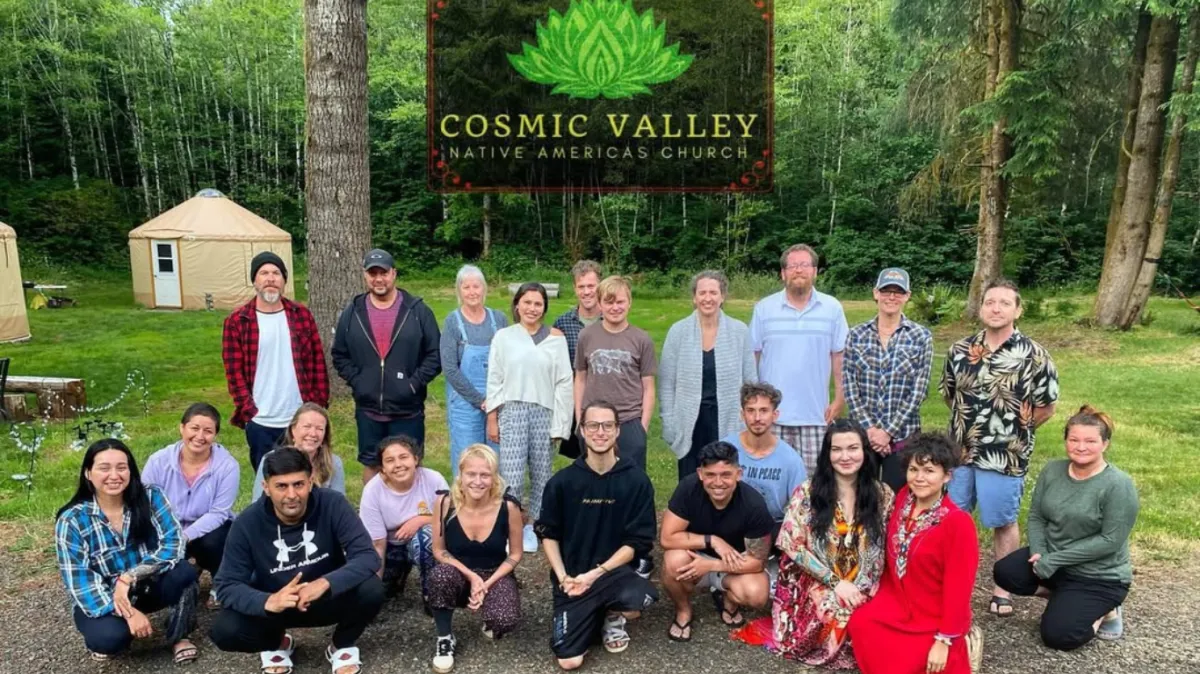
Unlocking the Mind: The Transforming Journey of an Ayahuasca Ceremony
The Amazon indigenous ceremonies have been administered by Ayahuasca, a sacred drink from plants for spiritual awakening and healing. Such growing interest in psychedelic therapy, directed by holistic interest, has led many seekers to shamanic retreats for the first-hand experience of deep effects. This article looks into what an Ayahuasca ceremony is, the science behind the use, and what the participants should expect from the experience.
What Is the Ceremony of Ayahuasca?
Ayahuasca ceremony is a traditional healing practice where a potent brew is consumed, made from Ayahuasca vine, Psychotria viridis leaves, and DMT, by Amazonian indigenous people. Usually, there is a shaman to guide along this spiritual journey. All the intentions which have been put to make things take their time at this ceremony include quieting the mind for long introspection, healing, and immediate personal development.
Participants endure such vivid examples and emotional evaporation, which are expected to rid the individual of any negative or haunting experiences that might affect an individual's growth. Actually, it has become a sacred ceremony, and now, attention is being given to these relatives with remedy power and possible spiritual insight.
The Science Behind Psychedelic Therapy
Ayahuasca therapy has received significant scientific validation through evidence of treatment efficacy for mental health disorders. DMT, the active ingredient in Ayahuasca, serves to link serotonin receptors in the brain and trigger an inquiry into a well-defined emotional environment.
According to research, Ayahuasca can lessen depressive symptoms and symptoms of PTSD and/or addiction via increased neuroplasticity and connectedness-with-others experience. This has thus given birth to its ever-growing place in the integration of psychedelics with therapy, making it worthy of offering psychological healing.
The Role of a Shamanic Retreat
An Ayahuasca ceremony takes place in many individuals' minds as the option for deep healing and personal growth, found in shamanic retreats that provide an authentic and controlled environment. These retreats place great importance on ritual, intention, and setting, thus enabling a safe and meaningful journey.
Participants often engage in dietary restrictions and meditative practices to facilitate openness. The retreat provides the structure within which support, emotional healing, and integration practices assist individuals in their processing of experiences.
The Ayahuasca Experience: What to Expect
The Ayahuasca encounter can be described as very personal, ensuring the experience is different for everyone who attends. The visions may present anything from vivid imagery to deep contemplations about life and existence. Emotions can be deeply felt; repressed traumas can be awakened for healing.
Physical effects such as nausea and vomiting are common; vomiting is considered a kind of purging or cleansing from any negativity and a release of bad energies. Nevertheless, once purging stops, we then have greater awareness, inner peace, and permanent transformation.
Conclusion
An Ayahuasca ceremony encompasses much more than a psychedelic experience. The spiritual and therapeutic aspects usher in opportunities for some serious personal development. With the help of the shamanic retreat, one can sufficiently navigate this powerful ritual safely and intentionally. With research validating its advantages, Ayahuasca provides a real opportunity for healing and self-discovery. The few attracted to embracing its transformative power should consider a well-guided retreat along this changing pathway.